Diversity is the spice of life for Heather Jennings, and it helps get results for her clients.
Heather is a social worker at Waterloo Regional Health Network. But she serves two distinct patient populations.
Heather spends part of her week supporting pre-school children with mental health needs as well as their families. The other half of her time is for helping families of adult mental health clients through the hospital’s community outreach treatment team.
Heather’s roots are in child welfare, which helps her support her young clients. But as she’s branched out, she’s passionate about building connections between families with similar situations. She’s also skilled at networking with community groups, schools and health providers that can support patients and families.
Heather also loves working with mental health team members from different disciplines to solve problems and help make a client’s situation better.
---
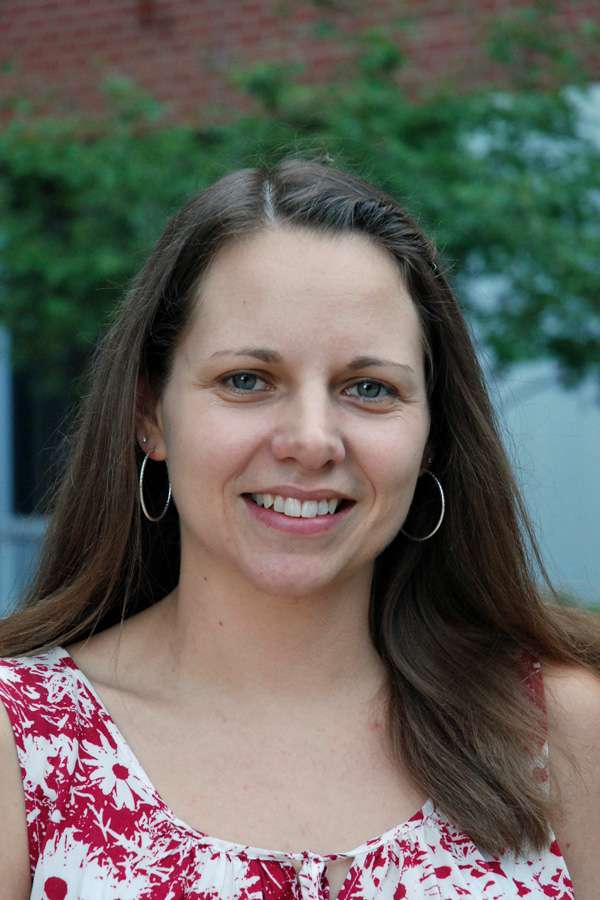
Did you intend to start in mental health?
I didn’t. I stumbled into it. I started in child welfare. It was really hard to maintain a work life balance, it was a challenging system to be in.
What I found was that I was working a lot with mental health in child welfare, and I liked that part of it. If we’re working to support people’s mental health, then we’re supporting the kids around them.
I was drawn to doing social work in a different way. I love working with kids. I have an early childhood education background. And so when a position came up at the hospital in pre-school diagnostic, I thought: I get to work with kids, I get to work with families, I get to support mental health.
What does your day look like in preschool diagnostic program?
We’re working with two-and-a-half to six year olds. We’re a team of a psychologist, a social worker, and a psychiatrist. We’re able to offer a more in-depth psychological assessment for these kids, support the families through that, support the families in connecting with resources, supporting the kids in being maintained in school, connecting with the school and sharing all this information.
I do beginning to end with that family. I’m there for the intake, I deem them appropriate for the program, and I keep working with them to the end and sometimes longer.
My day can be anywhere from getting ready for a new intake for a little one, or calling a school to say how’s it going, we’ve finished this report, and can we meet and do a plan, or calling a mom and saying “what do you need?”.
What’s the other half of your week like?
I am one of two community treatment order coordinators in Waterloo Wellington, where we support the community’s physicians, mental health agencies, clients and their families in developing treatment plans so that individuals with a chronic mental illness are appropriately supported in our community. The parallel between my two roles is that I am providing family and community support.
What do those families typically need?
They need to hear that they’re not alone. They need to hear that their story and what they’re living at home is happening in other homes and how are other families coping. Sometimes hearing what other families are dealing with is half of coping. You’ll see people connect across the table.
Last month I was so pleased because at the end of group, there were four people from the group talking in the parking lot as I was leaving. That’s why I do it, so they now can have those connections.
Formal support is great and I’ve connected people with all these formal supports in the community. But it can very helpful just having another mom or another sister to talk to who says, “I get it.”
While you work for the hospital, it seems much of your job involves working closely with community partners and being seen outside of the hospital.
Some months, I’m at schools a lot getting people together at the table to do some brainstorming about a child. We do all of our intakes at Front Door to make it more comfortable for families, to introduce them to the program at the hospital, to meet with their worker at Front Door at the same meeting. I get to really work and collaborate with all of those workers there.
What do you like the most about your roles at WRHN?
I like the colleagues, the multi-disciplinary teams. I came to the hospital because that was a draw. You learn so much from the nurses, occupational therapists, and the psychologists and psychiatrists. Because you’re seeing each other so often, you can bounce things off each other and learn from one another.
We all look at things from different viewpoints, and that’s what we need to do to move forward for patients.
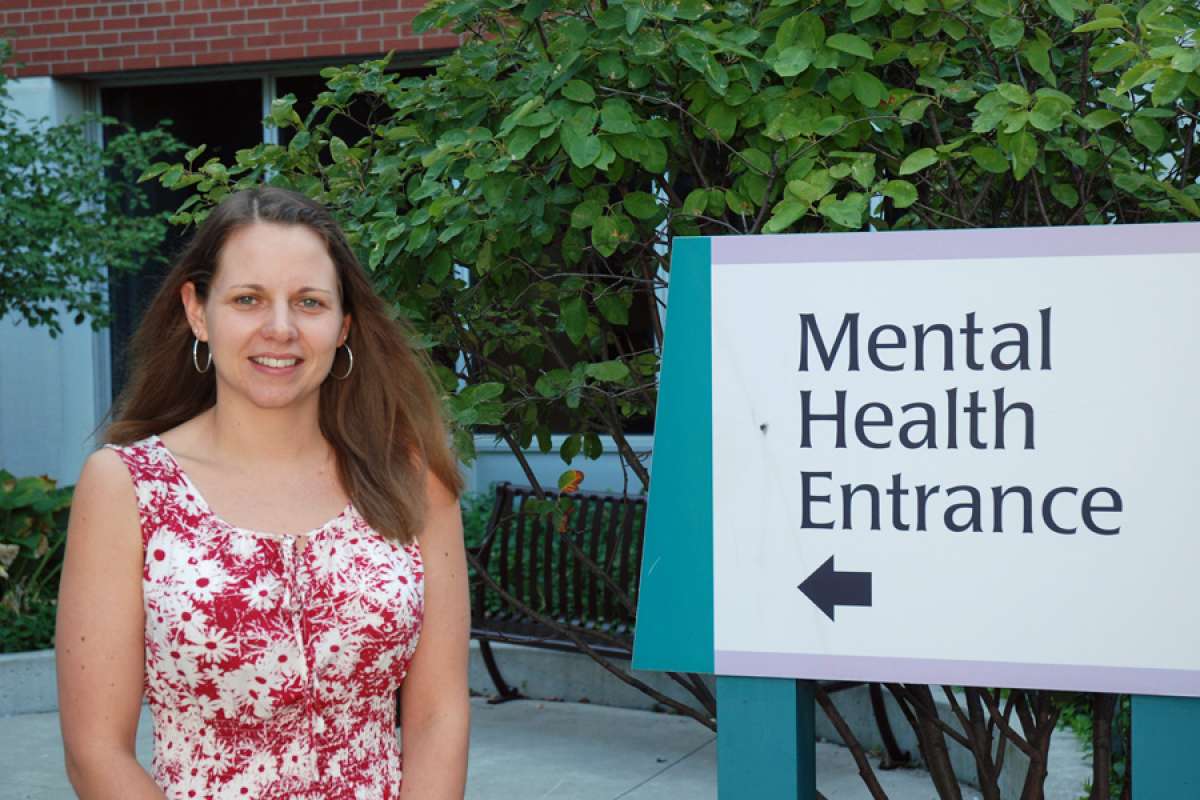


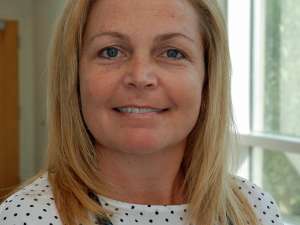 Corina Gebauer: supporting cancer patients with years of frontline experience
Corina Gebauer: supporting cancer patients with years of frontline experience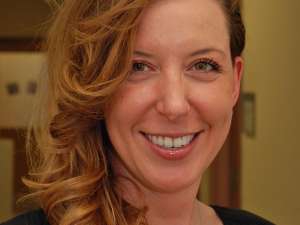 Emily Schacht: putting her social work calling into action
Emily Schacht: putting her social work calling into action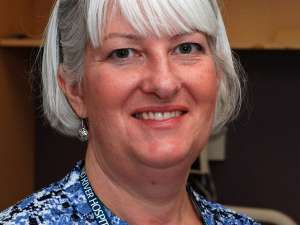 Kim Moran: care and leadership in GRH’s childbirth program
Kim Moran: care and leadership in GRH’s childbirth program